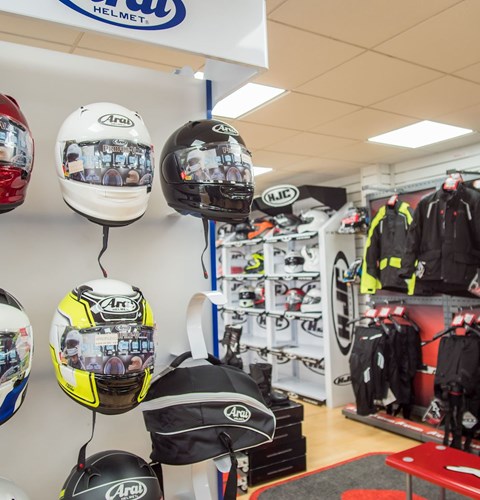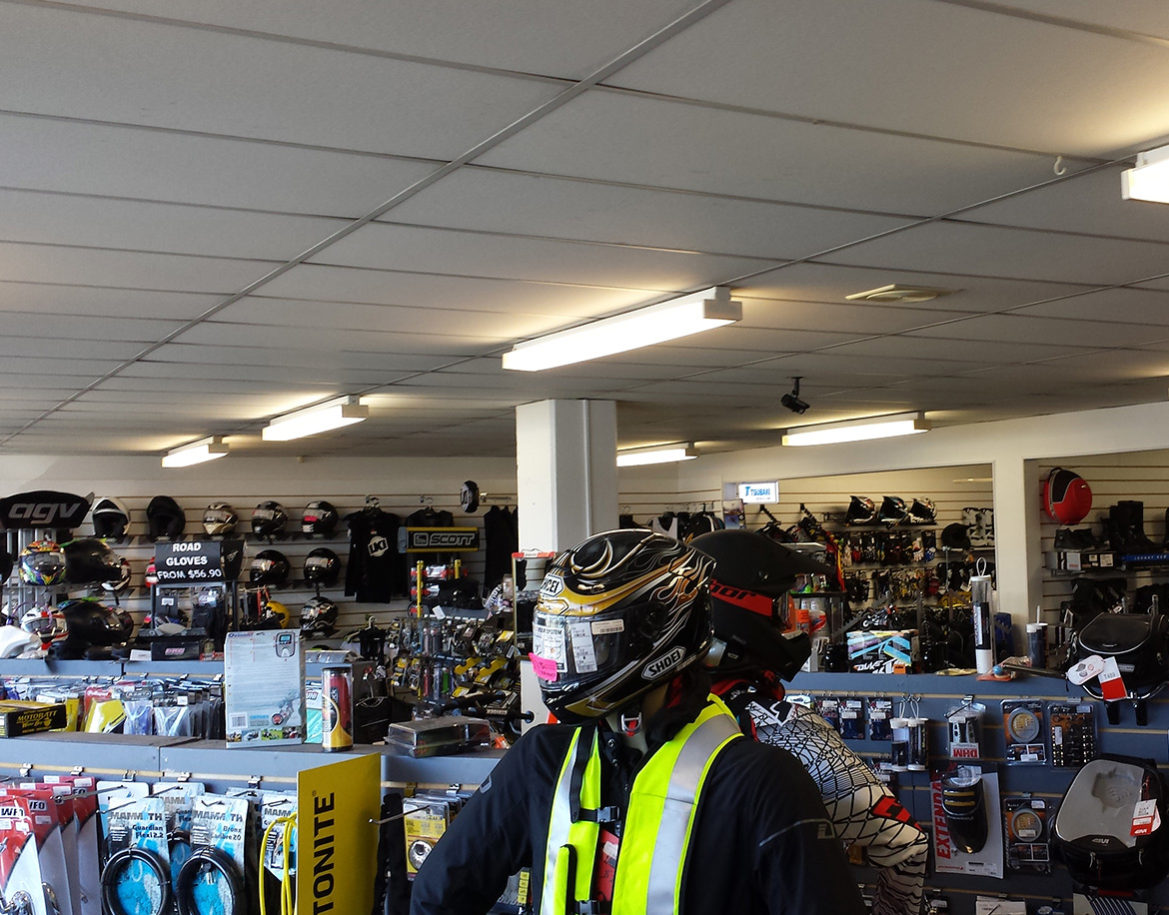Discover Competitive Costs on Motocross Parts NZ for each Bike
Discover Competitive Costs on Motocross Parts NZ for each Bike
Blog Article
Understanding the Vital Components of a Motorcycle: A Comprehensive Overview for Lovers
For motorcycle fanatics looking to boost their riding experience and guarantee their bikes run smoothly, recognizing the vital elements of a motorcycle is critical. Each element, from the engine's intricate workings to the crucial duty of the braking mechanisms, not only impacts performance but also safety and security and convenience.
Engine Components

The camshaft plays a critical duty in regulating the timing of the engine's valves, ensuring the exact opening and closing necessary for efficient gas and air intake, as well as exhaust expulsion. This timing is essential to preserving ideal engine efficiency and effectiveness. Additionally, the carburetor or gas injection system, relying on the motorcycle model, is accountable for mixing air with fuel in the correct ratio for combustion.
The air conditioning system, either air or liquid-based, functions to keep the engine's temperature level within functional restrictions, protecting against overheating and guaranteeing durability - motocross gear. Each component, diligently developed and integrated, adds to the seamless operation of the engine, specifying the motorbike's power result and total performance
Transmission System
Indispensable to the bike's capability, the transmission system ensures efficient power transfer from the engine to the wheels. This system comprises a number of crucial parts, consisting of the clutch, gearbox, and final drive, each playing a vital duty in converting the engine's power right into movement. The clutch, generally run by a hand lever, offers to engage and disengage the engine from the transmission, enabling smooth equipment changes and regulated velocity.
The gearbox, commonly described as the transmission appropriate, includes a collection of equipments that bikers can by hand change with to change the bike's speed and torque output. These equipments are organized in a sequence that enables the bike to speed up efficiently and maintain optimum engine performance throughout different speeds. Many motorcycles utilize a sequential transmission, needing the biker to shift equipments in a predetermined order.
Braking Devices
While comprehending the transmission system is key to harnessing a motorcycle's power, equally important is the capacity to manage and quit that power successfully, which is where braking mechanisms enter into play. Brakes are crucial for safety and efficiency, giving the rider with the necessary control to browse different surfaces and problems. Commonly, motorbikes include 2 sorts of braking systems: disc brakes and drum brakes.
Disc brakes are a lot more common in modern motorbikes due to their premium efficiency. This system provides far better warmth dissipation, consistent efficiency, and enhanced quiting power, particularly in damp conditions.
Alternatively, drum brakes, though much less typical, are still discovered in some motorcycles. They function by pushing brake shoes against the inner surface area of a drum affixed to the wheel. While usually much less efficient in warm dissipation and stopping power, drum brakes are simpler and more affordable.
Recognizing these braking systems' nuances allows cyclists to keep their motorcycles properly and helpful site value the engineering that makes sure reliable and risk-free stopping.
Suspension and Steering
Suspension and steering systems are essential components that substantially influence a motorcycle's handling and experience comfort. The suspension system, being composed of forks at the front and shock absorbers at the back, absorbs roadway irregularities, boosting stability and control. Front forks, commonly telescopic or upside down, compress and rebound to alleviate impacts, while back shock absorbers preserve tire call with the road, vital for traction and safety and security.
Guiding, centered around the handlebars, attaches the cyclist to the motorcycle's directional control. The steering head bearings make sure smooth operation, allowing accurate maneuverability. mesh motorcycle trousers Appropriate positioning and maintenance of these bearings are vital for foreseeable guiding action and decreasing rider fatigue.
The suspension's adjustability is another vital element; preload, damping, and rebound settings allow modification to match different riding styles and conditions. This flexibility is crucial for optimizing efficiency, whether browsing metropolitan roads or dealing with tough routes. Innovations like digital suspension systems supply real-time changes, enhancing ride quality across varied surfaces.

Electric Equipments
After making sure a smooth and controlled ride through effective suspension and steering systems, interest transforms to the electric systems, a pivotal facet of contemporary motorcycles. These systems play a crucial function not only in beginning the engine but also in powering various components that boost the capability and safety and security of the bike.
At the heart of a bike's electrical system is the battery, which shops electric power needed for starting the engine and powering auxiliary systems - mx gear nz. The generator or generator, coupled with the rectifier-regulator, makes certain the battery stays charged while the bike functions, transforming power into electrical energy and preserving voltage levels
The ignition system, one more crucial element, is in charge of firing up the air-fuel mix in the engine's cyndrical tubes. Modern motorcycles typically use an electronic ignition system, providing higher efficiency and reliability contrasted to traditional systems.
Illumination systems, consisting of headlights, tail lights, and indications, are additionally crucial, making sure exposure and safety for the rider. Extra electronic parts such as sensors, control devices, and shows add to advanced features like fuel injection monitoring, anti-lock stopping systems (ABDOMINAL), and digital dashboards, better improving the riding experience.
Final Thought
A thorough understanding of a bike's important elements, consisting of the engine, transmission system, braking mechanisms, suspension, steering, and electric systems, is crucial for enthusiasts aiming to optimize convenience, security, and efficiency. Proficiency of these components permits notified decisions relating to maintenance and upgrades, inevitably enhancing the riding experience. By incorporating this understanding, motorcyclists can ensure their motorbikes operate at peak effectiveness and integrity, thus making the most of both satisfaction and long life of their vehicles.
For bike fanatics looking to raise their riding experience and guarantee their bikes run smoothly, understanding the essential components of a motorbike is paramount.Essential to the motorbike's capability, the transmission system ensures effective power transfer from the engine to the wheels.While comprehending the transmission system is key to taking advantage of a bike's power, equally essential is the capability to control and stop that power properly, which is where stopping systems come right into play. Usually, bikes include 2 types of stopping systems: disc brakes and drum brakes.
A detailed understanding of a motorbike's vital components, including motorcycle gear black friday the engine, transmission system, stopping systems, suspension, guiding, and electric systems, is indispensable for enthusiasts intending to enhance safety, efficiency, and convenience.
Report this page